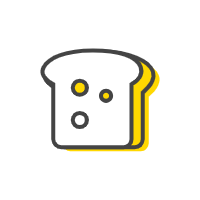Are Headaches a Sign of Stroke
Oct 14, 2023 By Madison Evans
Are headaches a sign of stroke? It's one of the most important questions to understand because strokes can often be life-threatening if left untreated. Although not all headaches are caused by strokes, knowing which ones may indicate a problem is important.
In this blog post, we will cover the basics of recognizing the signs and symptoms that could point to an impending stroke to stay vigilant and safe.
Stroke: What Is It?
When the blood flow to a portion of your brain is interrupted or diminished, a stroke happens. Your brain is deprived of oxygen and nutrients, which results in damaged or dead cells.
The two main forms of stroke are:
- Ischemic stroke
- Hemorrhagic stroke.
How Stroke Causes Headaches
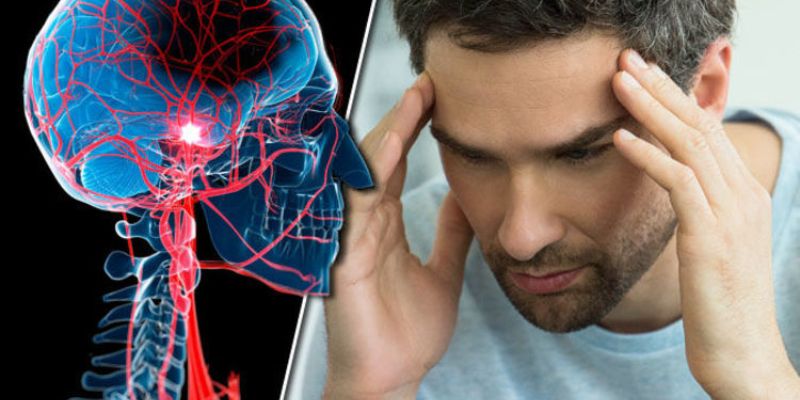
Interrupting blood flow to the brain can lead to various symptoms, including headaches. Regarding strokes, two primary types can cause headaches: ischemic and hemorrhagic. Both have different effects on the blood vessels in the brain, but each can cause severe pain in the head or face.
Ischemic Stroke-Induced Headache
When an artery that supplies the brain with oxygen-rich blood becomes blocked, an ischemic stroke happens. Certain brain regions cannot receive oxygen due to this obstruction, which results in cell death.
The lack of oxygen causes a decrease in intracranial pressure (ICP) within the brain. When this happens, it can lead to a severe headache due to the shift in pressure in the skull.
Hemorrhagic Stroke-Induced Headache
A hemorrhagic stroke occurs when an artery in the brain bursts, leading to bleeding into the brain. This is often seen as a subarachnoid hemorrhage and can cause sudden, intense headaches much more severe than those caused by an ischemic stroke.
The blood loss from a ruptured vessel results in decreased ICP, which causes pain and discomfort in the head or face region.
Transient Ischemic Attack (TIA)-Induced Headache
A TIA interrupts blood flow in the brain, sometimes called a "mini-stroke." It only lasts a few minutes but can be an early warning sign of a full stroke and should be treated like one. TIAs often present with headache symptoms, though they may be milder than those associated with an ischemic or hemorrhagic stroke due to the event's short duration.
What Does a Stroke Headache Feel Like
A stroke headache is one of the most distressing and intense headaches. It can be difficult to differentiate from a migraine or even a normal headache, but it is important to understand the signs and symptoms to get medical help as soon as possible.
A stroke headache usually occurs suddenly; patients have described it as the most severe pain they have ever experienced. The intensity of the pain makes it almost impossible to ignore.
The location of the pain will depend on where in the body the stroke occurs:
- If it starts in the carotid artery (the main artery that feeds blood into your brain), a headache may occur in the forehead.
- While one that starts in the vertebrobasilar system (which supplies blood to the back of the brain) may cause a headache at the back of your head.
How is it Different From a Migraine
It can be difficult to differentiate between migraines and stroke headaches, as they can both be intense and debilitating. However, there are some key differences between them:
- With a stroke headache, the pain will usually come on suddenly and be steady, while with migraines, it tends to come on gradually with a throbbing sensation.
- Additionally, people who suffer from migraines may experience certain sensory symptoms before their headache strikes, such as tingling skin or seeing flashes of light.
- It's also important to keep in mind that, although it's uncommon, a person can have both a migraine with aura (headache and sensory problems) and a stroke.
When Should I See A Doctor
If you experience any symptoms associated with a stroke headache, it is important to seek medical help immediately. If left untreated, strokes can be life-threatening and have long-term consequences such as paralysis or speech difficulty.
Getting an early diagnosis is key to ensuring that the proper care and treatment are received in time to prevent permanent damage.
Other Stroke Symptoms That Accompany Headache
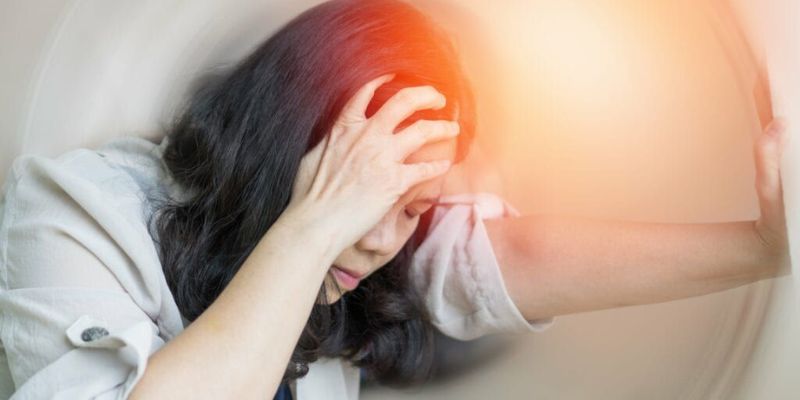
Vision Changes
One of the most common stroke symptoms is a sudden vision change. This can range from double vision to blurred or impaired vision - usually only affecting one eye. If this happens along with a headache, it could point to an impending stroke. Other related vision changes include seeing light flashes, halos around lights, and tunnel vision.
Difficulty Speaking and Understanding Others
Strokes often affect the ability to communicate effectively. Someone experiencing a stroke may have difficulty speaking clearly, understanding what others are saying, or both. Slurred speech is another symptom that may accompany headaches caused by strokes. Attention to these signs can be difficult if they come on suddenly and without warning.
Weakness and Numbness in Limbs
Another common stroke symptom is sudden weakness or numbness on one side of the body. This usually affects the face, arms, and legs. If you experience any weakness or numbness accompanied by a headache, seek medical help immediately, as this could be a sign of an impending stroke.
Loss of Balance or Dizziness
Dizziness or an inability to stay balanced can also signal that a stroke may be occurring. This dizziness may come with general confusion, disorientation, and clumsiness. If you feel dizzy and have a headache, don't hesitate to get checked out by a doctor - it could be a sign of an impending stroke.
Inability to Write or Manage Fine Hand Movements
If someone experiences difficulty writing, drawing, or managing fine motor skills - such as buttoning a shirt - and a headache could indicate an impending stroke. Pay attention to these signs and get checked out immediately if any occur in conjunction with a headache.
Importance of Immediate Stroke Treatment
Stroke is one of the leading causes of death and disability worldwide. It affects millions annually and can cause devastating physical, emotional, and financial damage if not treated quickly.
Studies show a direct correlation between the time it takes to treat a stroke and the patient's outcome. The sooner you receive medical attention, the better your chances are of avoiding long-term health effects or death.
Recognizing the signs and symptoms of a stroke is key to reducing its impact. Headaches are sometimes a warning sign of an impending stroke, but they aren't necessarily indicative since many other conditions can also cause headaches.
Knowing what other symptoms to look for—such as numbness on one side of the body, slurred speech, and loss of vision—is essential in getting help as soon as possible.
So if you suspect something is wrong, don't wait until it's too late! Get help right away. With quick action, many strokes can be prevented or their impact greatly reduced.
FAQs
How do I know if my headache is normal or if I have a stroke?
If you experience any of the symptoms —such as sudden and intense pain, vision changes, difficulty speaking or understanding others, numbness on one side of your body, loss of balance or dizziness, and difficulty writing or managing fine hand movements—along with a headache, this could be a sign of an impending stroke.
Can I prevent myself from having a stroke?
There are many steps you can take to reduce your risk for stroke. These include: maintaining good blood pressure; eating a healthy diet low in sodium and saturated fats; exercising regularly; avoiding smoking and excessive alcohol consumption; and managing existing health conditions such as diabetes and high cholesterol.
Is headache the first sign of stroke?
No. Headache is not always the first sign of a stroke; it can be one of many symptoms accompanying an impending stroke.
Conclusion
Headaches may or may not indicate a stroke - many conditions can cause them. It is important to pay attention to other symptoms that may accompany a headache, such as vision changes, difficulty speaking or understanding language, weakness, numbness on one side of the body, dizziness or loss of balance, and difficulty writing or managing fine hand movements. If you experience any combination of these symptoms and a headache, seek immediate medical attention. Prompt treatment can reduce the impact of a stroke and help save a life.
-
 Oct 14, 2023
Oct 14, 2023What Is the Puréed Diet
Are you looking to explore a new diet? In this blog post, we'll dive into the details of what is a puréed diet alongside its nutritional considerations and alternative options. Learn more with us today!
-
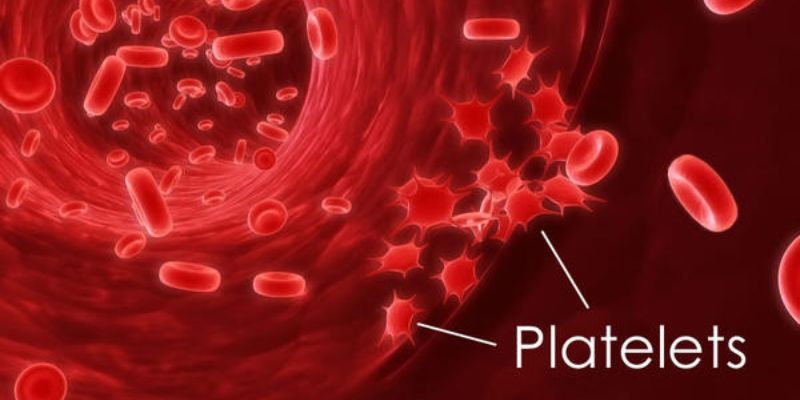 Oct 22, 2023
Oct 22, 2023When to Worry About High Platelet Count
Get professional advice on when you need to worry about a high platelet count. We'll discuss normal levels, causes of increased counts, and how to best deal with life with a higher number.
-
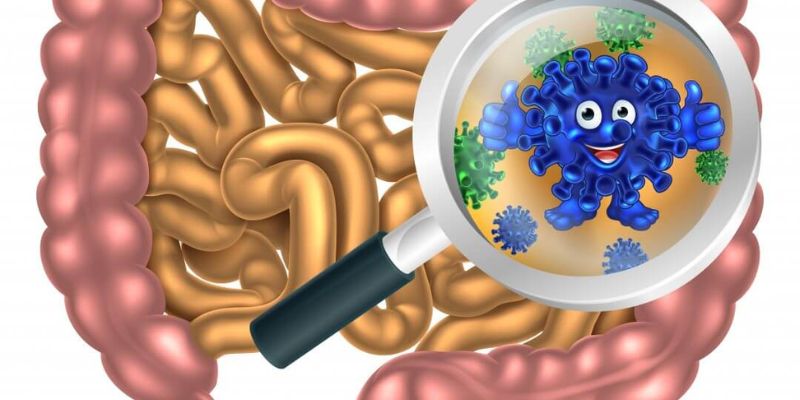 Nov 23, 2023
Nov 23, 2023What are Digestive Enzymes
If you want to improve your digestive health, understanding digestive enzymes is crucial. This informative guide will teach you about them and how they can help digestion.
-
 Feb 25, 2024
Feb 25, 2024Signs of Fibroids Breaking Down
Learn about the common signs and symptoms associated with fibroids breaking down, including pain, nausea, a bloated feeling, and more. If left untreated, they can have serious implications for overall health. Get informed today!
